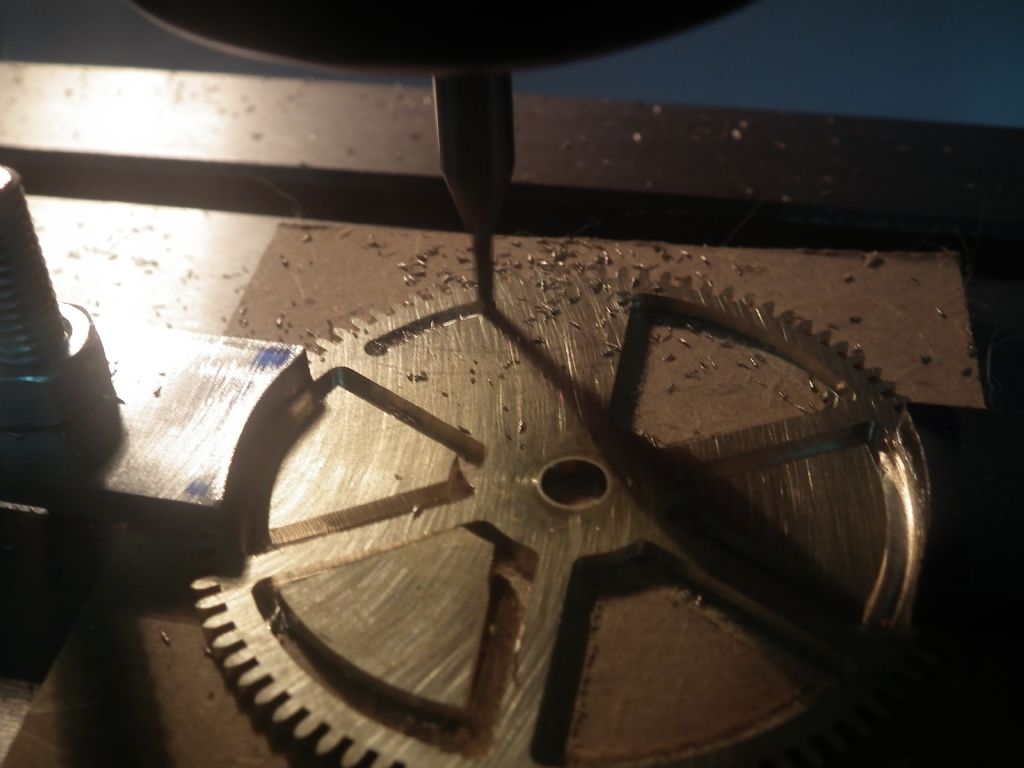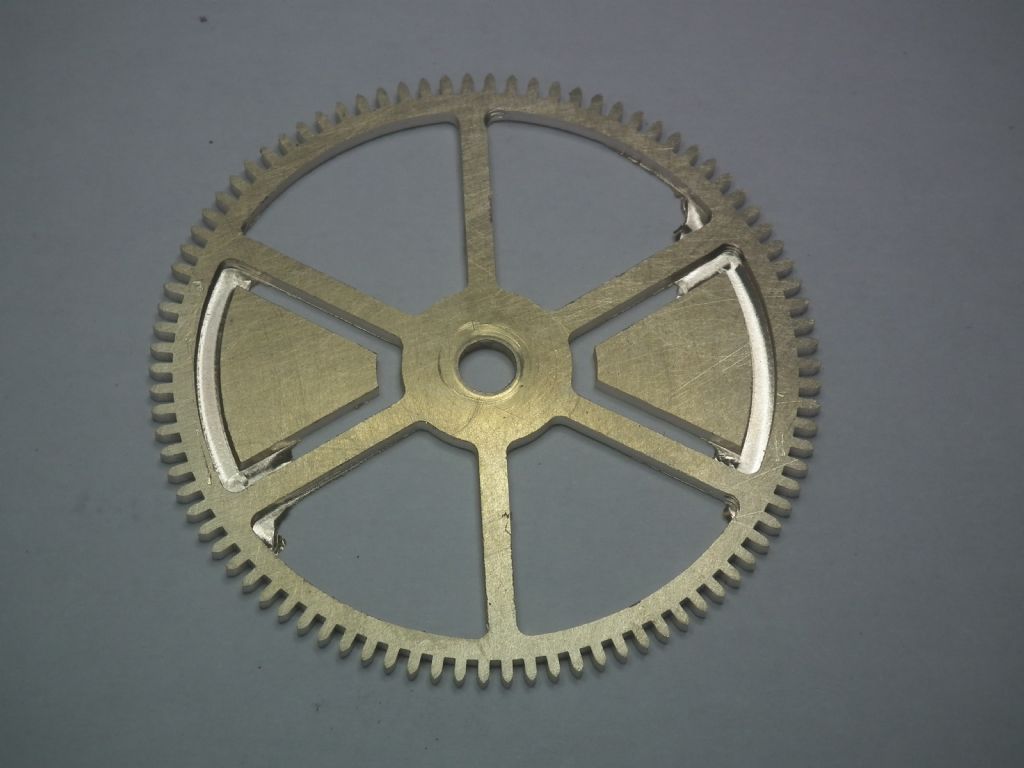Ian,
It might just about be possible to hold ±0.01mm, but I wouldn't bet the ranch on it. I've just measured 10 off, selected at random, of the steel front spokes for my traction engine. The arms are nominally 0.750" wide and I wanted them to be a snug fit in the hubs without needing loads of filing; the results were:
0.7500 0.7510 0.7510 0.7510 0.7515 0.7506 0.7505 0.7505 0.7505 0.7505
I had several trial runs making adjustments to the tolerances in the CAM program and trading off stock left between roughing and finishing cycles before achieving these results. I also changed cutters, as the original carbide cutter wore out very quickly and gave a lousy finish. With the new cutter I achieved a finish of 0.45µm Ra. Once sorted all the spokes were machined in one session to minimise the effects of temperature. I might had done a bit better if I'd changed cutters between roughing and finishing.
Some of the things you would need to take into account are:
1. Rigidity and accuracy of the machine
2. Adjustment of the gibs and backlash in the slides
3. Tolerance of the tool, both as new and wear – for instance the 6mm cutter I used for the spokes is spec'd as +0.000/-0.050mm on diameter
4. Temperature of everything, the machine, work, jigging, heat put into the job during machining etc.
5. Tool deflection – could easily be 0.01mm depending upon the tool material, tool diameter and cutting parameters
6. Temperature of the measurement equipment and environment
7. The machining path, irrespective of the type of drive acceleration and deceleration of the machine table can significantly affect accuracy
And probably a load of other things!
In my (limited) experience the average professional CNC machine shop doesn't hold ±0.01mm as a matter of course. I've measured two large (300mm square) heatsinks, one machined by me in my garage, and one machined by a professional CNC machine shop to my design. I can't remember the exact figures but I think I was generally around ±0.05mm, while the professionals were around ±0.03mm. They fouled up on flatness and finish in some important areas though, so we rejected the parts.
I doubt that a servo mechanism would be inherently more accurate. If I understand it correctly the simpler servo mechanisms use feedback encoders on the motors, so basic accuracy is still dependent upon the accuracy of the ballscrews. Of course if the servo uses independent feedback from movement of the slideways then it may well be more accurate.
I'd try and redesign the parts so they don't need to be so accurate. 
Regards,
Andrew
 Michael Gilligan.
Michael Gilligan.







